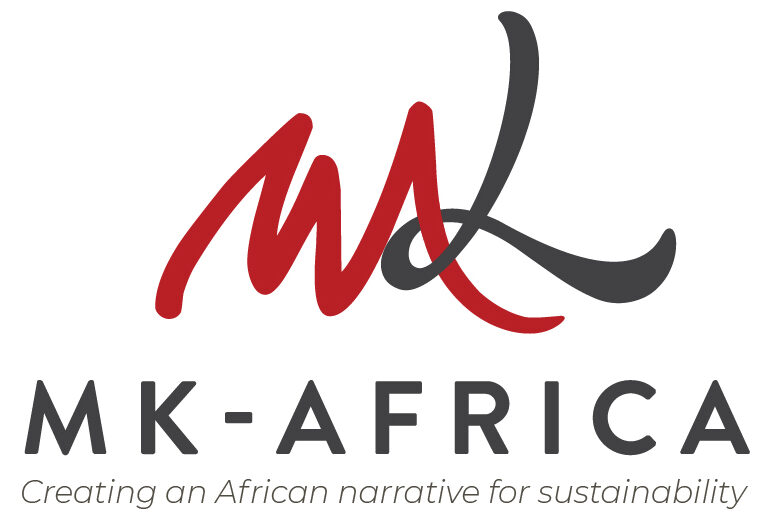At the beginning of 2020, the environmental, social and governance (ESG) discussion in many boardrooms centred on the ‘E’ in ESG and while climate change continues to be a defining factor in companies’ long-term prospects, the ongoing COVID-19 pandemic has made the social aspect of ESG a new focal point of board room discussions. This is even more so as, millennials, the oldest having just turned 40, start to assume positions of power and influence in management, boards, and investor and activist groups. How then can boards balance current social responses with long-term ESG initiatives?
For one, ESG actions increasingly have regulatory implications for companies. In 2015, the Capital Markets Authority of Kenya (CMA) raised the standards for sustainability reporting in the country through the Code of Corporate Governance for listed entities. Additionally, in their State of Corporate Governance Report 2019, CMA sets down clear principles and guidelines around ESG reporting using globally recognised frameworks. Companies can choose to use the Global Reporting Initiative (GRI) standards, Integrated Reporting Standards, the Carbon Disclosure Project (CDP) among others. Amid all of these frameworks, the best way to structure and define ESG in decision making for boards is to answer the question: Are we doing the right things based on our business and core responsibilities? Having a level of clarity, a full plan, and consistent action makes a difference over time, and shareholders act upon that.

An equally important consideration is that boards need to align their strategy with an ESG vision and then, most importantly, translate this into action. Tied to this is the fact that actions implemented now must be sustained over time, through a clearly defined purpose that is aligned with strategy. This means examining the following:
• Do you have colleagues around the board table who represent the world as it is today?
• Are C-suite executives able to represent the views of customers?
• Is the company engaged around equitable pay and processes?
• Is there diversity in suppliers and professional services?
• Do vendors share the company’s philosophies and principles?
One final consideration for boards is that millennials will shape the future. As this younger generation begins to assume power, they are likely to represent the biggest change on boards in the next 10 years. This generation has grown up in a time of digital transformation, environmental awareness, and social consciousness. Millennials are also accustomed to diversity, and are very comfortable with speaking out and having their voices heard. They will also be part of the biggest transfer of wealth in history and will want to be responsible on the board and as individuals.
The biggest question around ESG for companies has always been, “Does this align with bottom-line realities?”
Board members should consider staggering the activities and investment in ESG over time. The idea is to talk less about what could be done and instead have a multi-year philosophy with a pulse on the metrics that will ultimately tell the board and the company that progress is being made.


